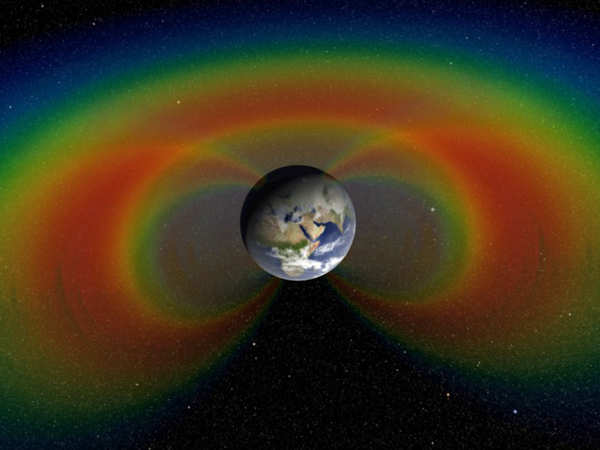businessinsider.in/science/news/a…

Black holes form when heavy stars die and collapse; their gravitational pulls are so strong that not even light can escape.
But the 85-solar-mass black hole involved in the collision wasn't supposed to exist at all.
It's unlikely that this impossible black hole was created directly from a collapsing star, so some researchers think it could have come from a previous merger.
Einstein predicted that collisions of massive objects, like black holes and neutron stars, would produce gravitational waves.
For 100 years, it seemed Einstein was right.





